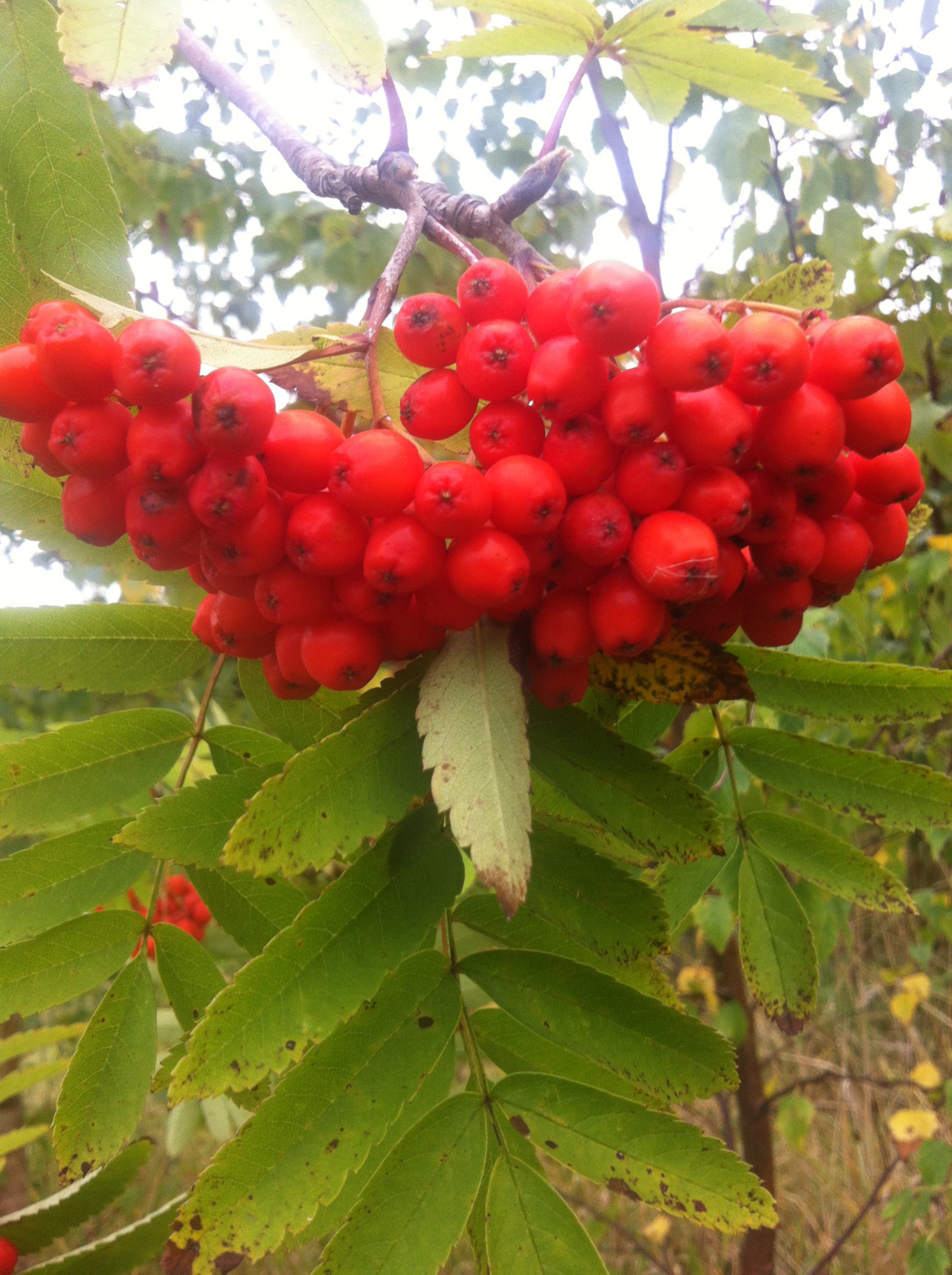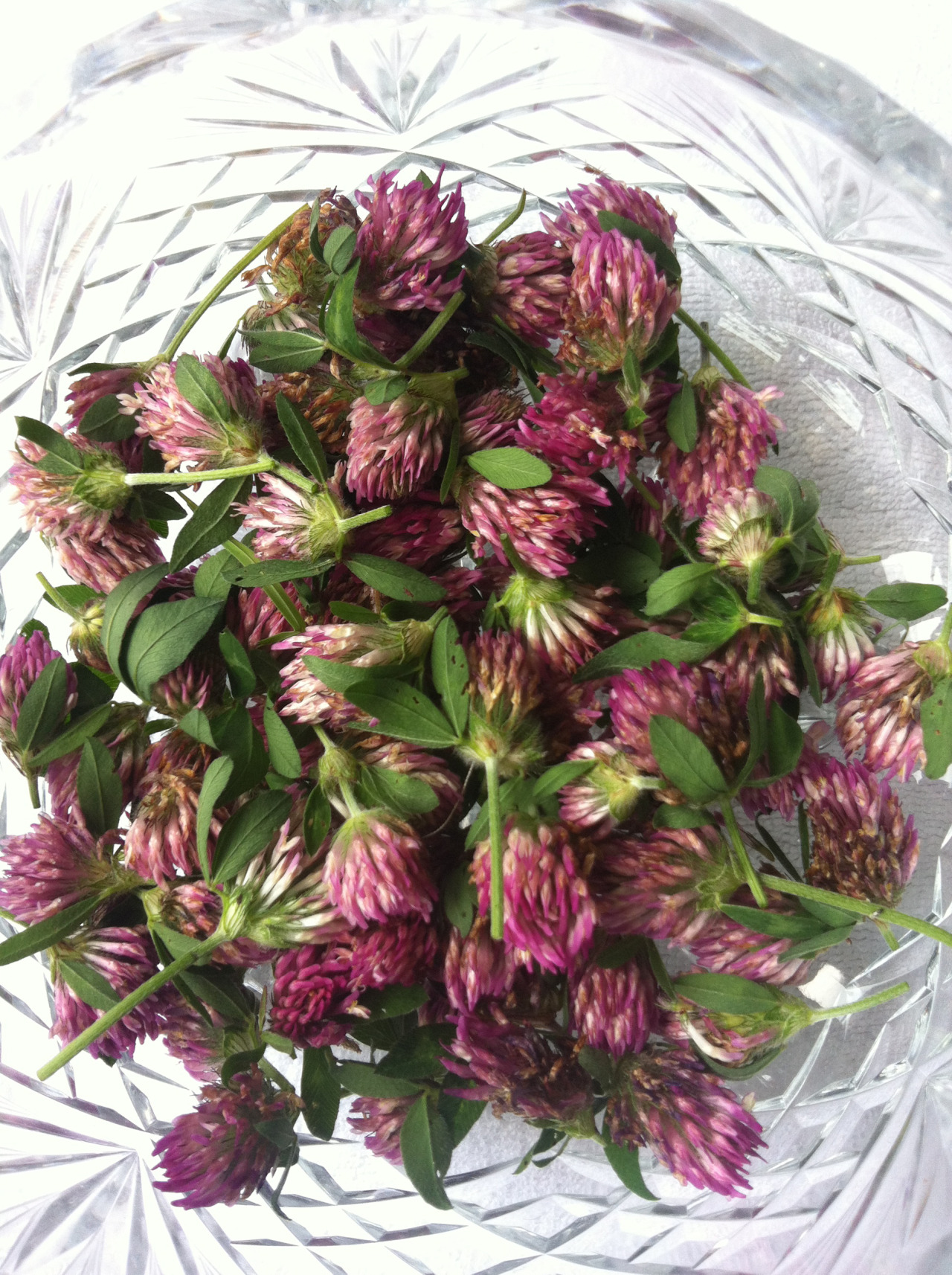Proprietor of L.A. restaurant AXE, Joanna Moore has developed a philosophy around the relationship between food and the place it comes from. Born and raised in L.A., Moore knows her way around California. She knows the farmers who produce the food she serves, and she knows how their…
A walk on the wild side with forager Chris Hope
This summer’s abundance of wild fruit has encouraged lots of people out collecting blackberries as, even in the city, bramble bushes have scrambled over every bit of uncultivated ground.
It’s easy to think that blackberries - and the occasional apple - are pretty much all there is to find, but in amongst the concrete and carefully maintained parks and gardens there’s a wealth of wild food to be found.
Forager Chris Hope, who has a BSc (hons) in Medicinal Horticulture, has been researching our native plants for over 14 years and now shares his knowledge with two-hour guided walks in cities and countryside around the UK.
I was lucky enough to head out with Chris and a small group of newbie foragers to explore our local park in South London. It was a complete revelation to discover that in just a small patch of park there were so many edible plants, leaves and berries. In all we covered around 16 different varieties from a deliciously peppery wild rocket to hogweed seeds that had a flavour a little like a cross between cardamon and cumin.
Of course, as well as lots of lovely edibles, there are plenty of plants that range from mildly toxic to something you’re not coming back from if you consume. Chris pointed out some of the more deadly wild plants, as well as explaining how some plants have edible leaves, for example, but not flowers or seeds.
If you’re intending to get into foraging for wild food it’s essential to have as much knowledge as possible. Going out with an experienced forager like Chris really is the best way to start but there’s also several books and websites with hints and tips, that also explain the legal and ethical aspects.
Each season there’s something new to discover, so I’m looking forward to my next guided foraging walk! I’ll be talking more about the individual plants we found in the foraging session in my next few posts.
** Chris has a Facebook page,’Ipso-phyto: all about wild plants’ and a Meetup page ’The Town and Country Forager’ with information about his next walks, as well as lots of information about wild plants for food and medicines. **
Autumn
Autumn is slow this year. It is so far only gently peeling back summers growth, revealing more colours and gradually turning green to gold. We are almost at the mid point between the longest and the shortest day of the year. The cycles keep on cycling.
“As a poet I hold the most archaic values on earth. They go back to the Neolithic: the fertility of the soil, the magic of animals, the power-vision in solitude, the terrifying initiation and rebirth, the love and ecstasy of the dance, the common work of the tribe.”
Perhaps the most recognizable and abundant of all our foraged wild plants. Brambles grow everywhere and from now until the end of October or so will give a continuous crop of dark black goodness.
Blackberry
Just did a quick google image search and in the first 200 images or so only one was of the fruit the rest of smart phones. Maybe I am a little old fashioned but when did this happen.
Red Clover, Trifolium pratense
I have in the last week or so gotten around to the gathering and drying of red clover blossoms. This will make a fantastically satisfying cuppa once dried.
Indian Summer
Walk through late Summer sunshine, slowly crisping leaves, ripening fruit, bees buzzing. I love this time of year when we pass from the fullness of summer to the gathering Autumn and the Winter beyond.
Daisy
Daisy, Woundworth, Buiseworth, Bellis perennis.
“A princely remedy for the aches and pains of old gardeners’
Half a cup of fresh or dries flower heads to two cups of water. Bring to boil , remove vessel when boiling point is reached; strain when cold. Use externally as a lotion or with suitable material as a compress . Internal two spoons trice daily
Neglected front garden filled with life and natures own harmony.
Time moves quickly along bringing the Dandelion from full bloom to seed strewn. A clock in the hand. He loves me he loves me not.
Cherry Blossom Downpour
Bluebell, Hyacinthus nonscriptus
Wild bluebells are in flower from late April right through until the end of May, and being a perennial and spreading rapidly, is found year after year in the same spot, forming a mass of rich colour in the woods where it grows.
Linneaus first called it Hyacinthus, traditionally associating the flower with with the Hyacinth of the Ancients, the flower of grief and mourning. Hyacinthus was a charming youth who both Apollo and Zephyrus loved, but preferred the Sun God to the God of the West Wind , who sought to be revenged, and one day when Apollo was playing quoits with the youth, a quoit ( blown by Zephyrus out of its proper course) killed Hyacinthus. Apollo stricken with grief, raised from his blood a purple flower on which the letters Ai,Ai were traced so his cry of woe might forevermore exist upon the earth.
Incredible Wild Bluebells spotted on an early morning ramble. These beauties had pushed their way up through the dead cane's of last years Japanese Knot Weed. Totally unexpected delight.


























































